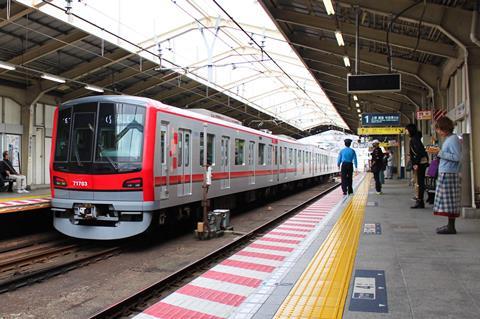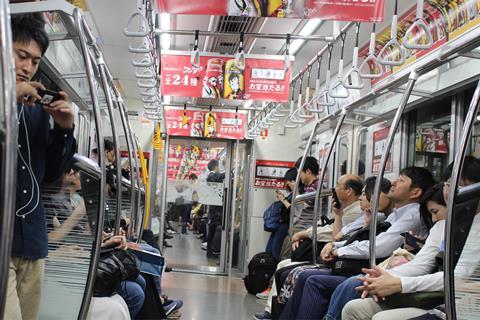
JAPAN: Tokyo Metro was listed on the Tokyo Stock Exchange on October 23 in Japan’s largest IPO since the listing of SoftBank’s mobile telecoms business in 2018.
Prior to listing, the national government owned 53·4% of Tokyo Metro’s shares, with the remaining 46·6% held by the Tokyo Metropolitan Government. Each sold half their stake, totalling 50% of the shares.
The IPO was more than 15 times oversubscribed and priced at the top of the indicative range at ¥1 200, raising ¥348·6bn overall. Perks for buying shares included tickets to Tokyo Metro’s museum and golf range and free toppings at noodle stands. On the first day of trading, shares closed at ¥1 739, giving a valuation of ¥1tr.
The national government plans to use its share of the proceeds to cover the redemption of reconstruction bonds issued following the devastating earthquake and tsunami in Honshu in March 2011. Tokyo Metropolitan Government intends to use its proceeds to fund infrastructure projects.
Tokyo Metro said it would ‘continue to place the utmost priority on bringing greater peace of mind to all passengers through the unremitting pursuit of safety and the provision of high-quality services delivered with a focus on customer requirements’.
It promised to ‘further deepen dialogue with stakeholders, demonstrate ingenuity in management, make prompt decisions that improve management independence and flexibility, thoroughly enforce management discipline with an awareness of capital efficiency, and further enhance governance, thereby striving to continuously improve corporate value and become a corporate group that is trusted, selected, and supported by all stakeholders.’
An evolving structure

The current Tokyo Metro company was founded on April 1 2004 as part of a government policy to convert statutory companies into joint-stock companies.
The national government envisaged rapid privatisation, but the Tokyo Metropolitan Government wanted to retain public ownership.
The Ministry of Land, Infrastructure, Transport & Tourism’s Council for Transport Policy proposed a stock market listing in 2021, with the money raised to be used to finance construction of an extension of Line 8, the Yurakucho Line, between Toyosu and Sumiyoshi. The Metropolitan Government agreed, and in May 2022 the Ministry of Finance selected Nomura, Mizuho and Mitsubishi UFJ Morgan Stanley as lead underwriters with Goldman Sachs and Bank of America for overseas sales.
Tokyo Metropolitan Government’s Transportation Bureau (Toei) also owns a second, separate, metro network comprising four lines with 105 stations.
Tokyo Metro has significantly higher ridership than the private railway operators in the area. In the financial year ending March 2024, it carried 2·38bn passengers on its 195 km network, compared with Tokyu Dentetsu’s 1·05bn.
Its operating profit margin at 19·6% was nearly double that of other major private railways. However, fares accounted for 83% of revenue, while other operators have a greater share of income from diversified activities such as retailing, hospitality and property; for some of the private operators in the Tokyo areas, fares makes up only between 10% and 20% of their revenue.
Tokyo Metro is also strengthening its property activities, opening a skateboard park under an elevated section of line in March and a nursing home for elderly people in July. But the scope for expanding such activities is limited, as most of the its network is underground with little surface land available for development.



